The Truth About Leather and Fast Fashion, Robin May Review

Leather is often associated with luxury, durability, and timeless elegance. It has been a staple material in the fashion industry for centuries, standing the test of time and trends. However, in today's fast fashion landscape, the integrity and authenticity of leather are being compromised to fit into a business model built on speed, low cost, and disposability. This shift reveals the deceptive practices involved in integrating leather into fast fashion, shedding light on the true environmental and ethical costs of these visually appealing yet unsustainably produced leather goods. Thus, the fundamental query remains: Is "eco-friendly leather" genuinely sustainable?
DISCLAIMER: This is an UNSPONSORED review. I purchased all of these products myself and am not affiliated with the brand mentioned in any way. All statements and expressions made about the products are solely the opinion of Tanner Leatherstein and are not meant to be conclusive or definitive. The purpose of this video is for informational and educational purposes only. We recommend that as a consumer, you exercise your due diligence and research on the products before adopting the opinion of Tanner Leatherstein.
The Antidote to Fast Fashion
Fast fashion thrives on the ability to churn out products quickly, cheaply, and with planned obsolescence, enticing consumers to constantly come back for more. Leather, on the other hand, defies these principles. From the tanning process to the crafting of leather goods, it takes time, skill, and attention to detail. Real leather is not as cheap to produce as the materials typically used in fast fashion.
Furthermore, when crafted with care, leather items are built to last, standing as the antithesis of the disposable nature of fast fashion. It becomes evident that leather doesn't align with the core pillars of fast fashion, which raises the question: why do some brands attempt to force it into their business models?
The Deceptive Allure of "Affordable" Leather
It's disheartening to witness the manipulation of the good image of leather within the fast fashion ecosystem. Recently, I came across a striking example that piqued my curiosity. As I traversed through Taiwan, I couldn't help but notice the proliferation of eye-catching leather bags adorned with a distinctive RM logo. Intrigued by this newfound brand, I embarked on a journey to the nearest store to unravel the mystery.
Upon arriving, I was greeted by a bustling scene—an affirmation to the brand's popularity. As I perused the merchandise, my attention was drawn to the surprisingly affordable price tags adorning these seemingly genuine leather bags. Eager to confirm the authenticity of the material, I approached a sales associate for clarification.
To my surprise, the sales associate affirmed that the bags were indeed made of leather, albeit PU leather—a synthetic alternative. Initially taken aback, I attributed the misunderstanding to a possible language barrier. However, my confusion deepened when the associate proceeded to show me a translated description on her phone, boasting the material as "environmentally friendly leather. " This revelation sparked a wave of frustration within me.
The blatant mislabeling and use of misleading marketing jargon to cover up the true nature of the material exemplified the depths to which some brands would go to lure consumers with shiny promises while concealing the hidden costs and ethical breaches behind their production processes.
The Reality Behind "Affordable" Leather Goods
Dissecting one of these bags revealed a grim reality concealed beneath its attractive facade. The excessive use of low-quality hardware, likely acquired at the cheapest possible cost, hinted at the compromise on ethical sourcing and production standards.
Furthermore, the revelation of a plastic layer underneath the purported "leather," upon applying the acetone, exposed the truth—these bags were adorned in cheap plastic fabric disguised as environmentally friendly leather.
The craftsmanship of the bags' interiors told a story of rushed, careless production, highlighting the lack of attention to detail and disregard for quality. It became evident that despite the effort and labor invested in assembling these bags, the utilization of non-durable materials rendered the entire process wasteful and ultimately detrimental to the environment and those involved in the production chain.
The Human and Environmental Cost
Beyond the surface allure of affordability and style, the harsh reality of the environmental and human impact of these "affordable" leather goods cannot be overlooked. The use of toxic substances in the production of hardware, along with the environmental repercussions of disposing of non-biodegradable, plasticky "leather," poses a threat to our planet's well-being.
Additionally, the exploitation of underpaid workers to sustain such low retail prices perpetuates an unethical cycle that disregards the value of human labor and dignity. This systemic issue calls for a shift towards sustainable and ethical practices to ensure a more responsible and conscientious approach to consumer goods.
A Call for Conscious Consumerism
As consumers, it's crucial to delve deeper than just the surface allure of affordable leather goods offered by fast fashion brands. We must pause to consider the hidden costs that go beyond the price tag. While the prospect of owning what appears to be a luxurious item at a significantly lower cost may seem enticing, it's vital to recognize this as a potential warning sign instead of an invitation to an immediate purchase.
Taking the time to assess the quality of materials, the level of craftsmanship, and the ethical implications tied to our buying decisions allows us to play a role in driving a shift towards more mindful consumer practices. This approach not only aids in fostering responsible consumerism but also serves as a means to hold brands accountable for any deceptive tactics they may employ.
Conclusion
In the clash between leather's timeless allure and the fast fashion industry's insatiable demand for speed and disposability, it's essential to remain vigilant and informed. The integration of leather into fast fashion business models often comes at the expense of ethical and environmental considerations, perpetuating a cycle of exploitation and environmental degradation.
By unveiling the reality behind the deceptive allure of "affordable" leather goods, we can advocate for conscious consumerism and call for transparency and accountability within the fashion industry. Remember, the next time you encounter a leather-looking item under a fast fashion brand, the true cost may far exceed the attractive price tag.





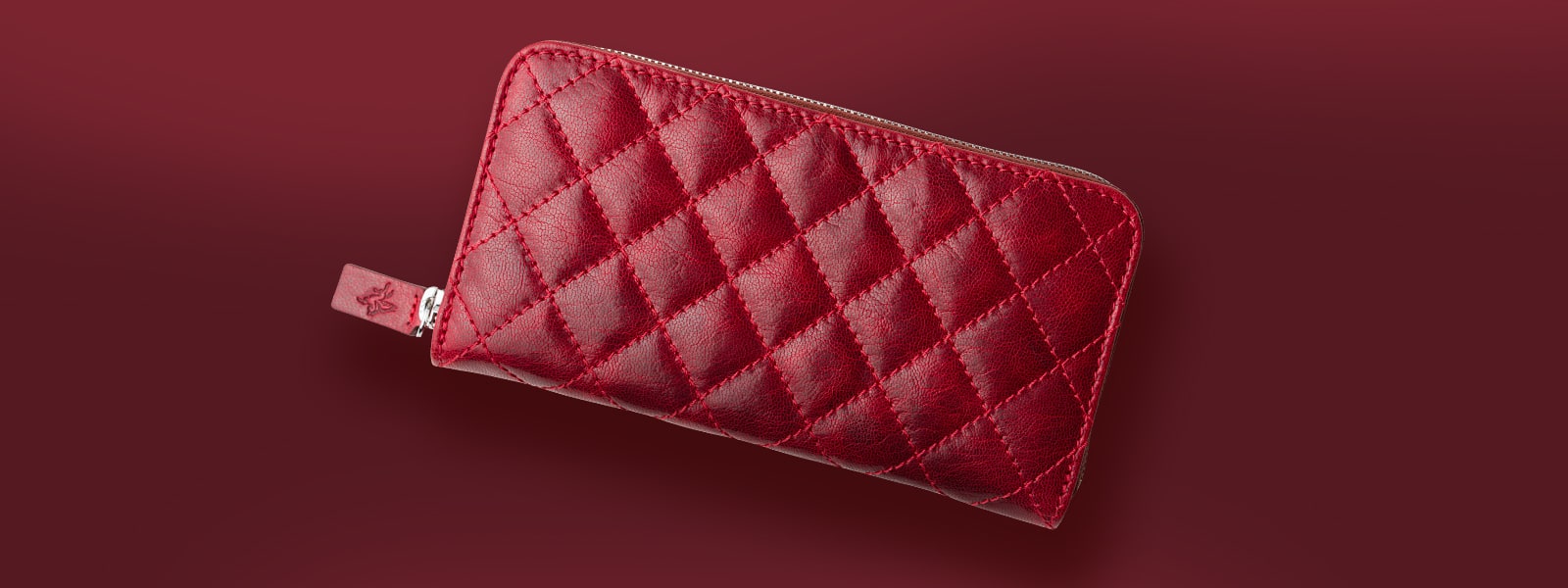
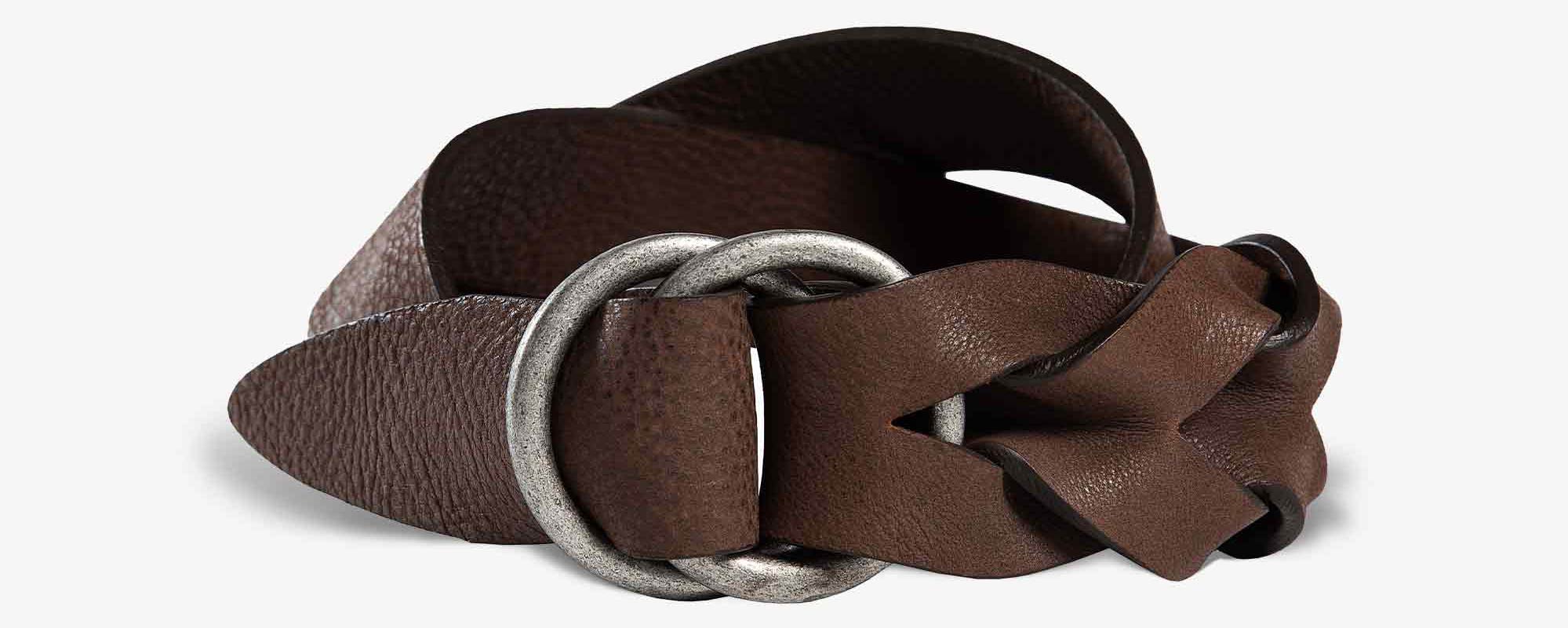

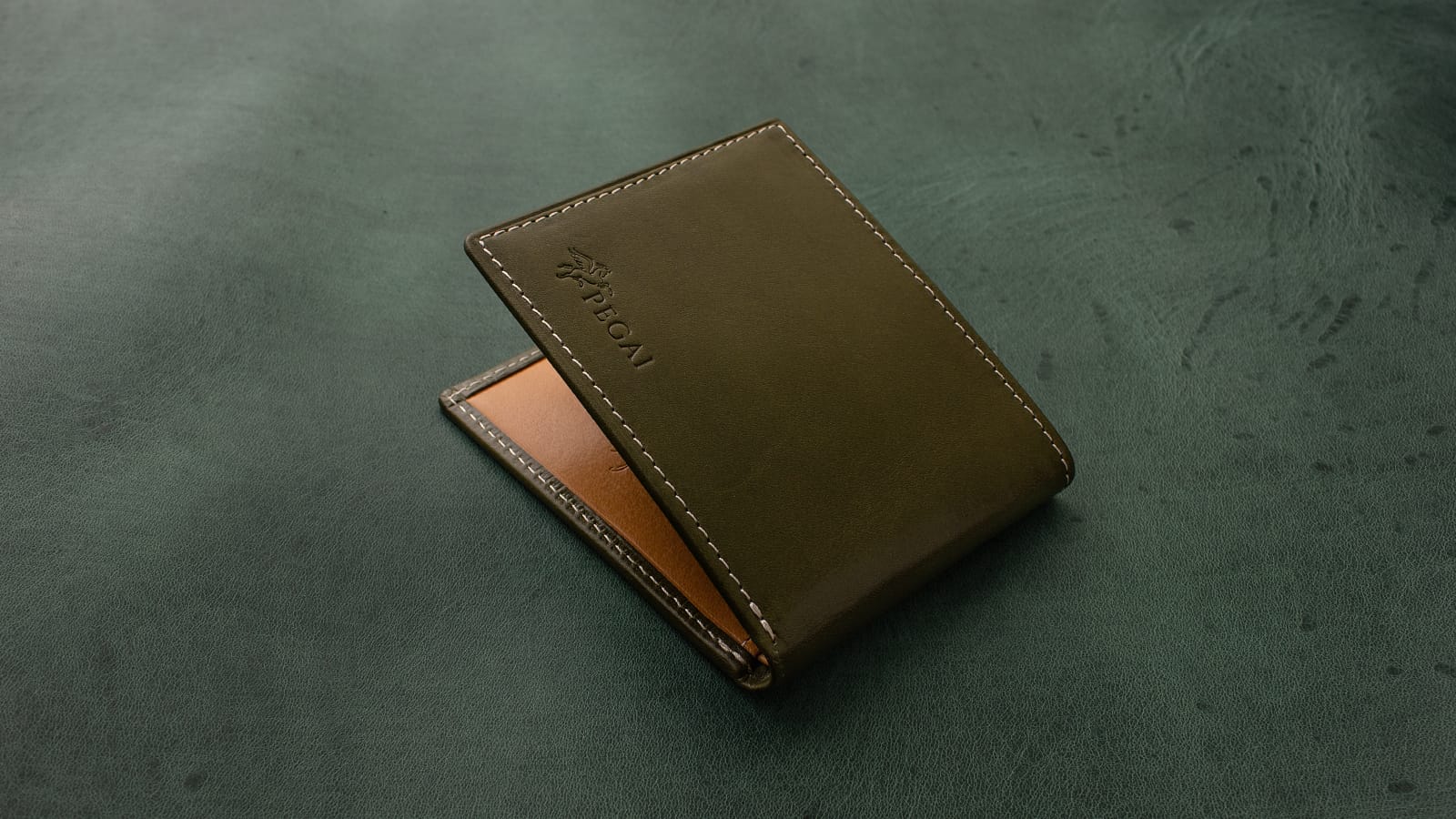
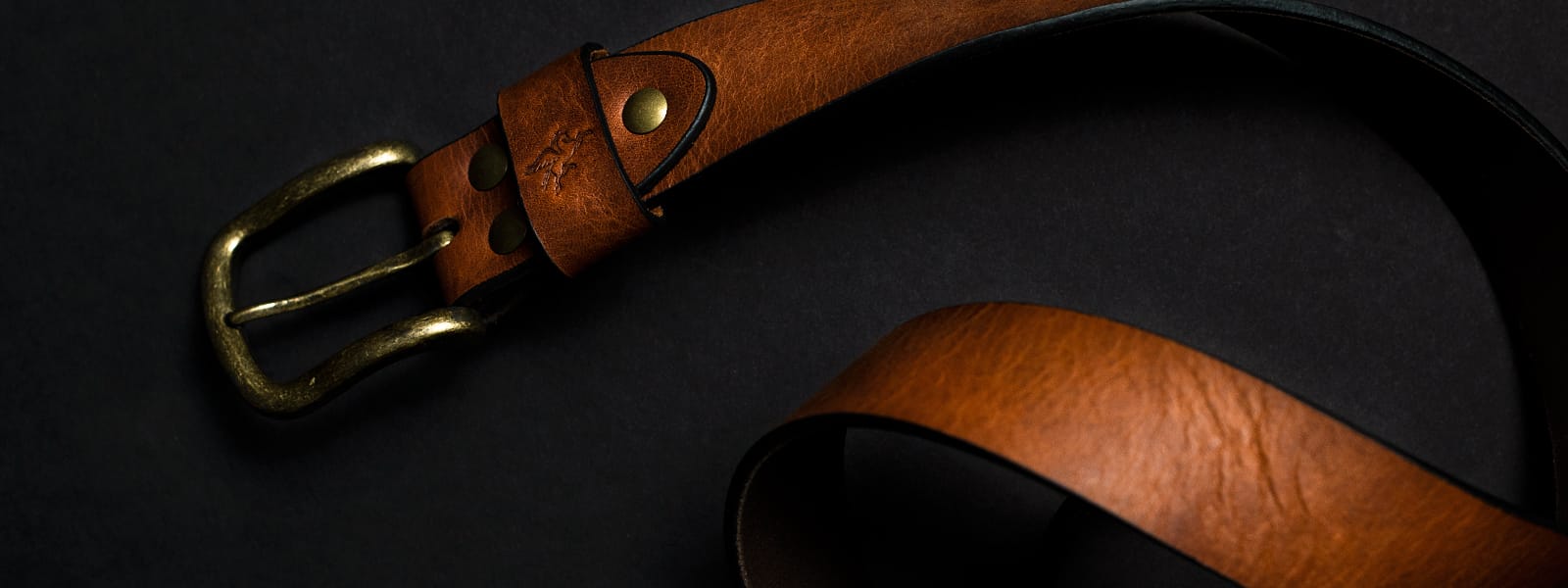


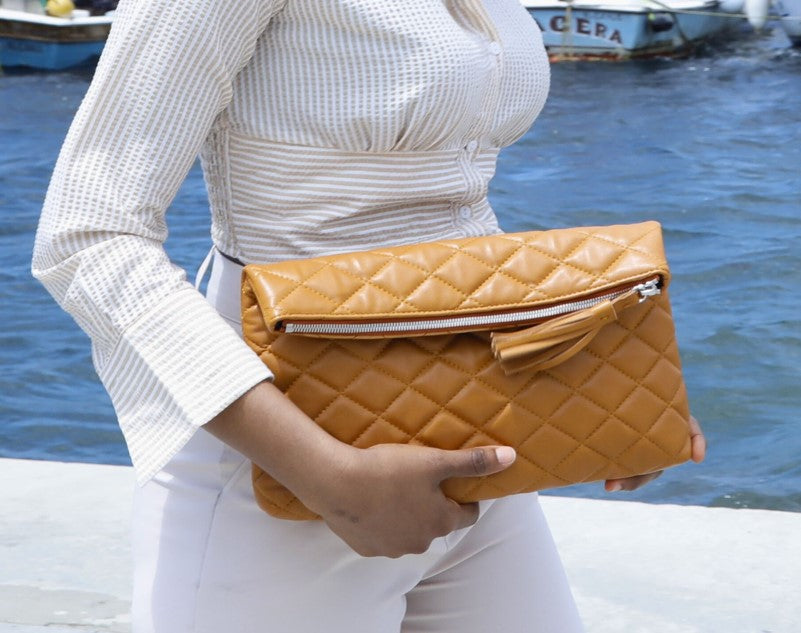

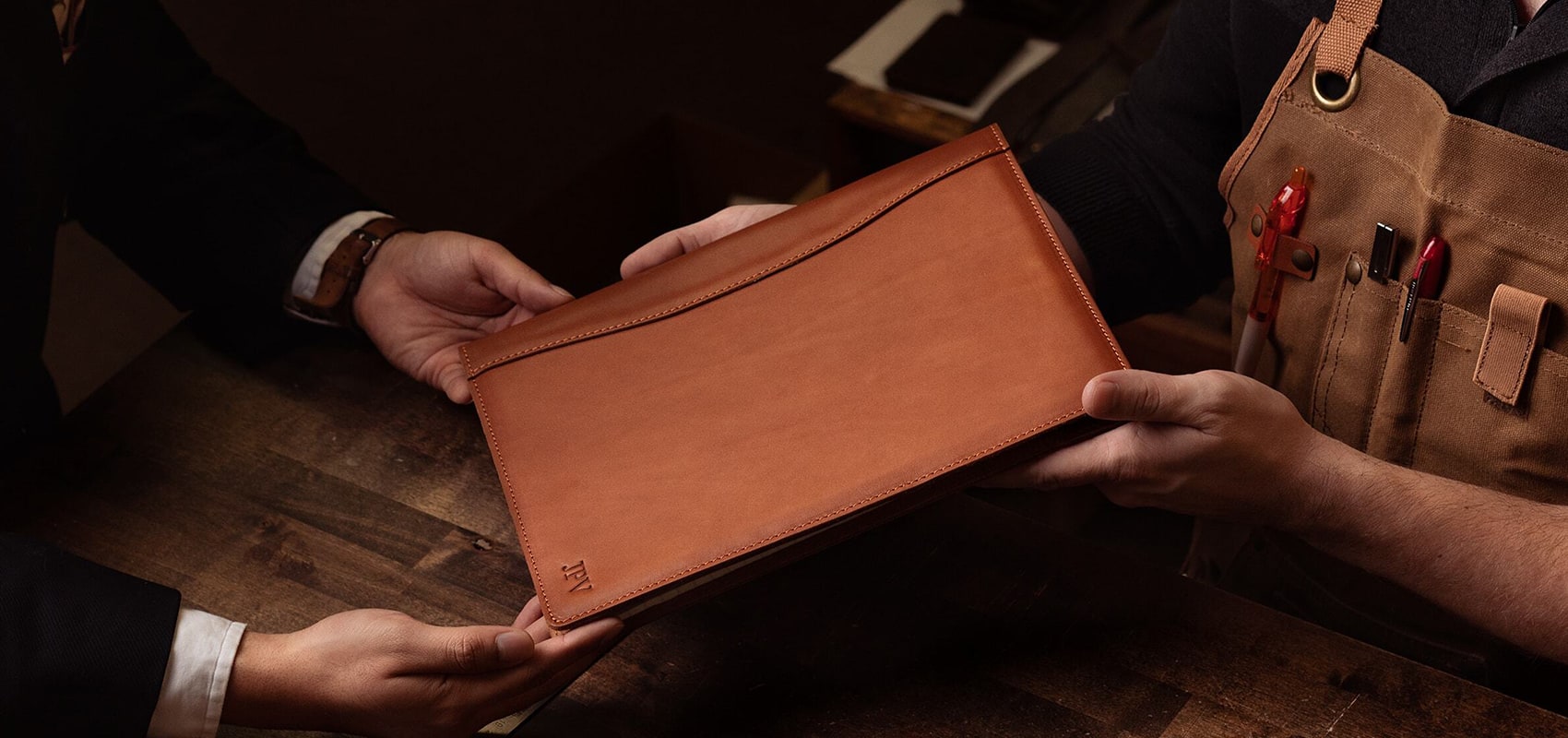
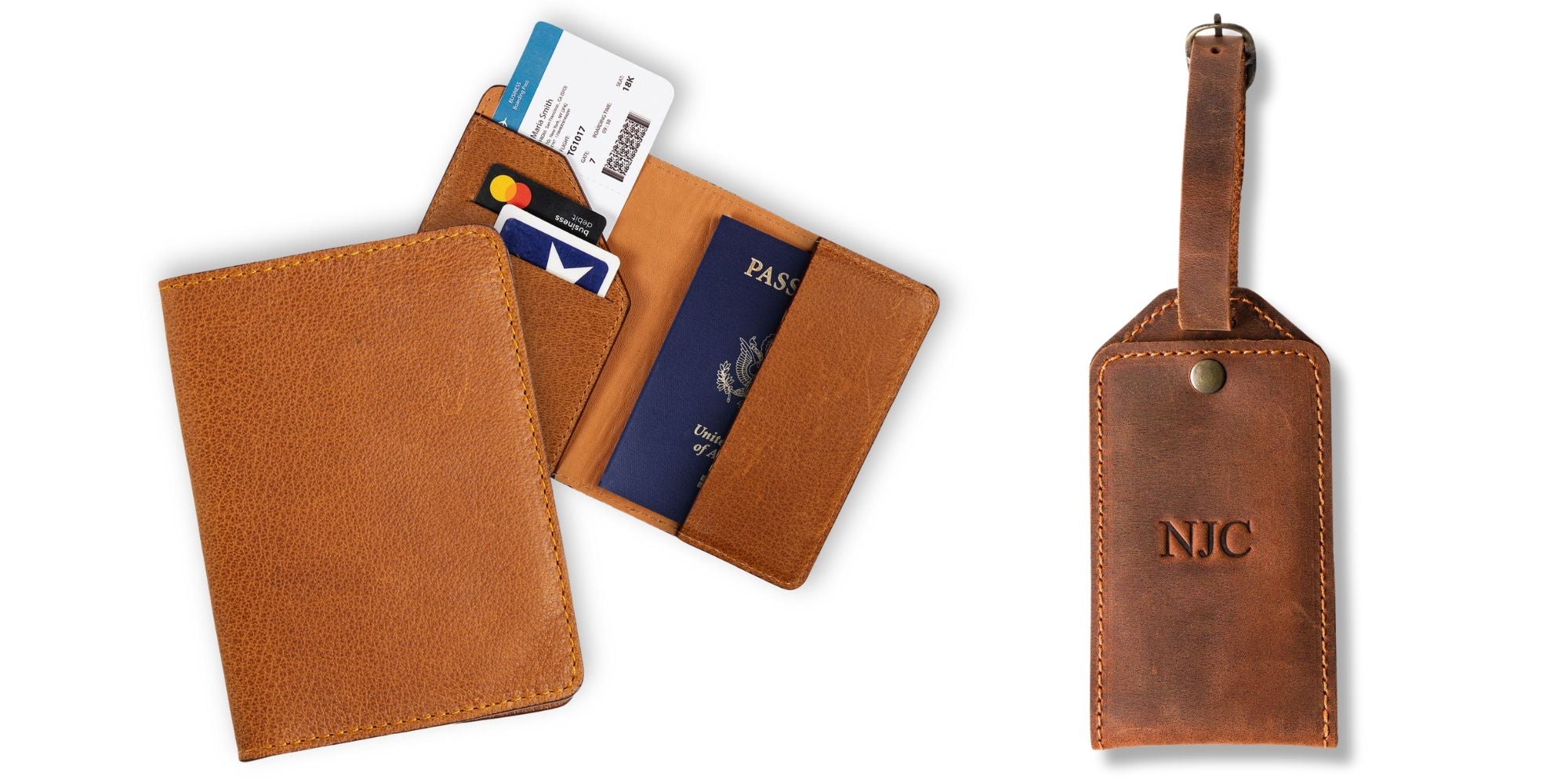
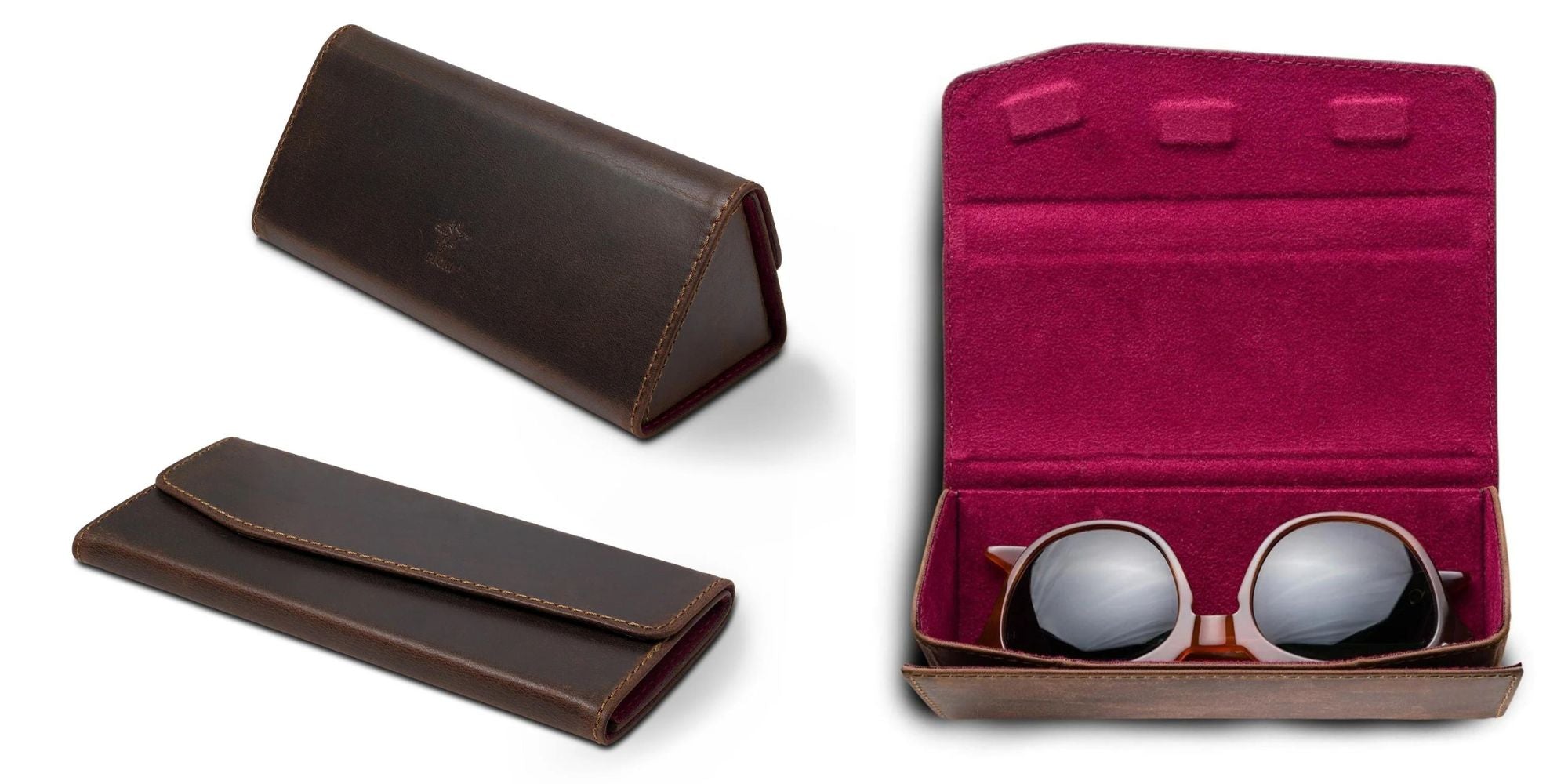
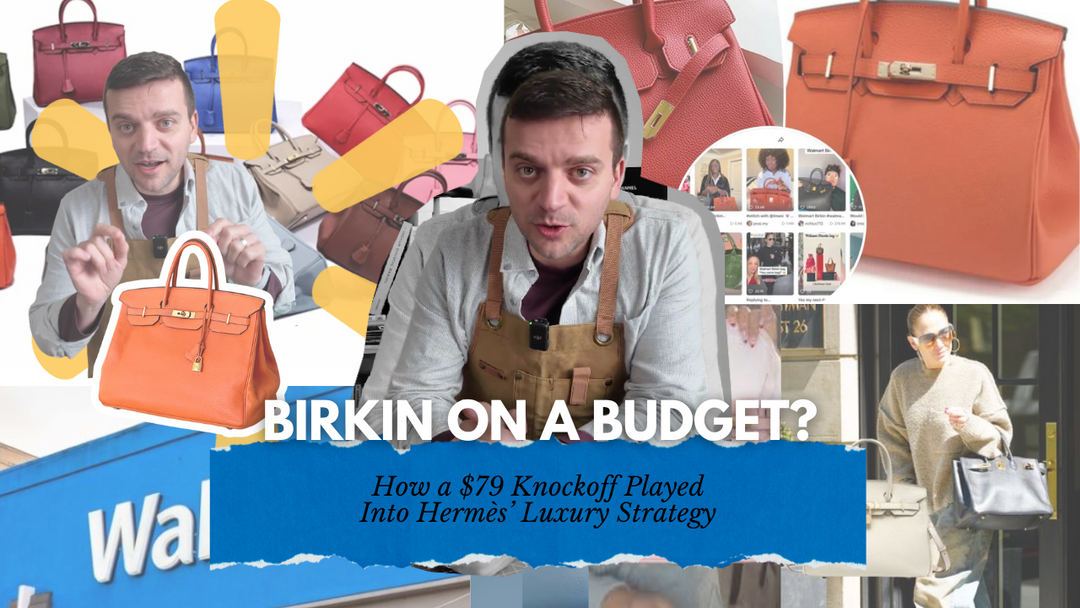

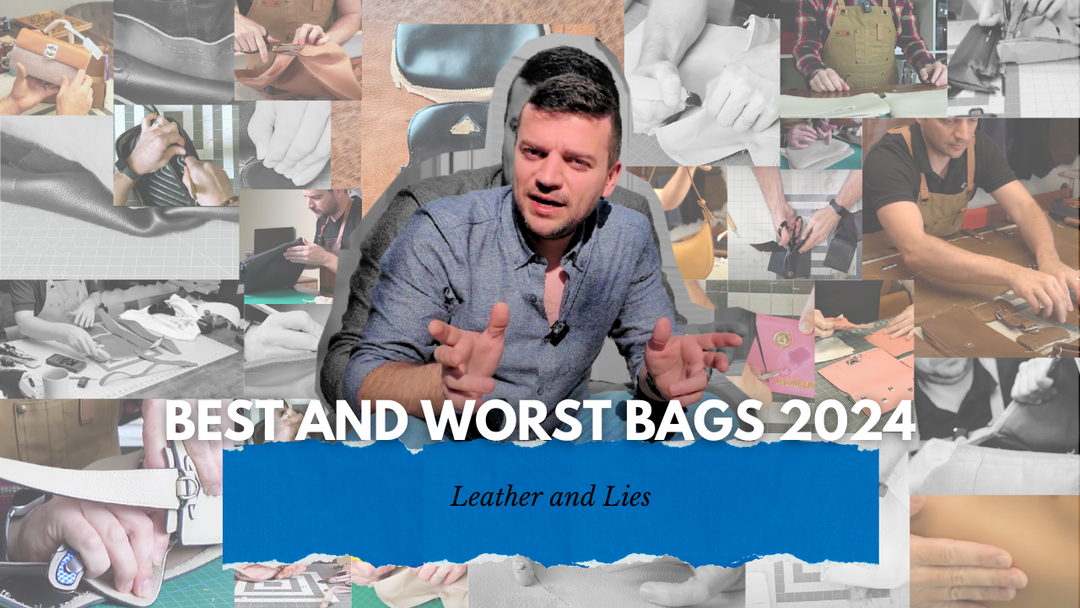
Leave a comment